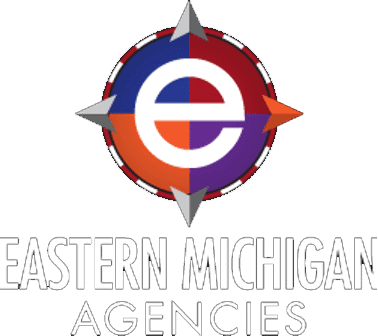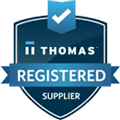Creating a safer workplace doesn’t happen by chance—it requires intentional planning and execution. Safety action plans are a powerful tool for transforming safety goals into tangible results. By providing a structured framework, these plans help organizations address risks, align safety practices with company values, and foster a proactive safety culture.
Here’s a comprehensive guide to developing and implementing an effective safety action plan, involving employees, and tracking success through meaningful metrics.
What Is a Safety Action Plan?
A safety action plan is a strategic roadmap that outlines steps to identify, mitigate, and prevent workplace hazards. It is more than just a checklist—it is a dynamic approach that turns safety goals into actionable measures, ensuring continuous improvement.
A well-crafted safety action plan helps organizations:
- Prioritize safety initiatives based on urgency and impact.
- Enhance accountability by assigning clear responsibilities.
- Streamline compliance with OSHA and other regulatory standards.
- Improve employee engagement by promoting a shared commitment to safety.
Key Components of an Effective Safety Action Plan
An effective safety action plan includes the following components:
1. Goal Setting
Define clear, actionable safety goals. Use the SMART criteria—Specific, Measurable, Achievable, Relevant, and Time-Bound—to ensure goals are realistic and focused. For example:
- “Reduce workplace slip-and-fall incidents by 25% by the end of the year.”
2. Hazard Identification
Conduct thorough assessments to identify potential risks, such as:
- Incident reports and near-miss data.
- Safety audits and workplace inspections.
- Employee feedback on unsafe conditions.
3. Action Steps
Break down each safety goal into manageable steps. For instance:
- Conduct a hazard assessment of high-risk areas.
- Update signage and floor markings.
- Schedule training on slip prevention techniques.
4. Roles and Responsibilities
Assign specific tasks to individuals or teams to foster accountability. Clearly define:
- Who is responsible for each action step.
- Deadlines for task completion.
- Reporting protocols for progress updates.
5. Resources Allocation
Ensure the necessary tools, training, and budget are available to execute the plan. For example, allocate funds for new PPE or schedule time for employee training sessions.
6. Metrics and Benchmarks
Establish measurable criteria to evaluate progress and success. Key performance indicators (KPIs) could include:
- Number of hazards corrected.
- Percentage of employees completing safety training.
- Reduction in incident rates over time.
7. Review and Adjustments
Set regular intervals to review the plan’s effectiveness. Gather feedback, track progress, and adjust strategies as needed to address new challenges or risks.
Involving Employees in Safety Action Plans
Employee involvement is essential for the success of any safety action plan. When employees are active participants, they feel empowered, valued, and more committed to workplace safety. Here’s how to foster engagement:
1. Collaborative Planning
Invite employees to participate in brainstorming sessions to identify hazards and propose solutions. Their firsthand experience can uncover risks that management might overlook.
2. Safety Committees
Establish safety committees that include representatives from different departments. This ensures diverse perspectives and increases accountability across the organization.
3. Transparent Communication
Share the action plan with all employees, explaining its purpose and how it aligns with company values. Use meetings, posters, and digital communication tools to keep everyone informed.
4. Training and Education
Provide training on the action plan’s implementation. Equip employees with the knowledge and skills they need to follow new safety protocols effectively.
5. Recognition and Feedback
Celebrate milestones and recognize employees who contribute to the plan’s success. Encourage continuous feedback to identify areas for improvement.
Using Metrics to Measure Success
Metrics play a crucial role in ensuring the success of safety action plans. Here’s how to incorporate them effectively:
1. Track Leading Indicators
Monitor proactive measures such as:
- Frequency of safety training sessions.
- Number of safety audits conducted.
- Employee participation in reporting hazards.
2. Analyze Lagging Indicators
Review outcomes such as:
- Incident and injury rates.
- Severity of reported incidents.
- Compliance with safety inspections.
3. Use Dashboards and Reports
Leverage safety management software to visualize data and track progress in real-time. This makes it easier to communicate results to stakeholders and employees.
4. Set Milestones
Break larger goals into smaller benchmarks to maintain momentum. Celebrate each achievement to reinforce the importance of safety efforts.
Aligning Safety Action Plans with Company Values
A safety action plan is most effective when aligned with the organization’s core values. By embedding safety into the company culture, businesses can:
- Demonstrate a commitment to employee well-being.
- Build trust and accountability at all levels.
- Enhance the company’s reputation as a safe and responsible workplace.
A safety action plan is more than a tool—it’s a commitment to protecting your most valuable asset: your employees. By setting clear goals, involving employees, and using data-driven metrics, organizations can turn their safety aspirations into measurable achievements.
Start transforming your safety goals into results today. A safer workplace isn’t just a destination; it’s a continuous journey that benefits everyone.







